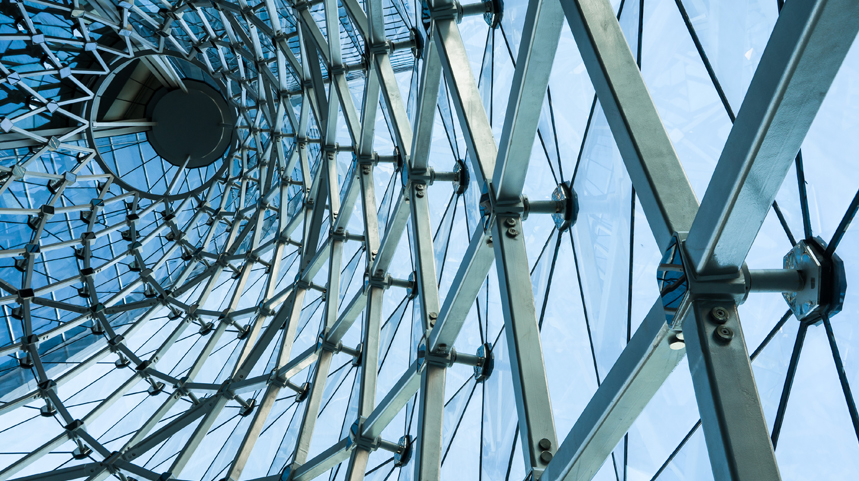A formerly little-known molecule created in labs by scientists could help future buildings withstand even the most ferocious of storms, tornadoes, and hurricanes by making walls that are virtually indestructible, according to new research from a team of British scientists at the University of Exeter.
The substance is known to researchers and construction experts as graphene, a combination of the prefix graphite and the suffix -ene, coined by the German scientistwho pioneered it. The product has a wide array of potential applications including anti-corrosive coatings, lubricants, and motor oils. But in the last two decades, a radical new application has become apparent to those who study this innovative new product. The application of graphene in construction became apparent when researchers established that the inclusion of graphene oxide significantly increases both tensile and compressive strength in concrete composites—in other words, the world’s most common construction material can be fortified to become a kind of “super-concrete.”
 A Game Changer for Commercial Construction
A Game Changer for Commercial Construction
In practical terms, this 21st century advanced building material can now be employed, at a cost not significantly higher than traditional construction, to develop ultra-strong, high strength housing and infrastructure all across a country that is in dire need of refreshing its commercial and public infrastructure. Utilizing graphene-enhanced concrete could mitigate or even minimize damage from floods, hurricanes, earthquakes, and wildfires, saving lives and resources needed for reconstruction.
For builders, researchers, and inventors, the substance also has some fascinating corollary properties. In terms of building ultra-strong and flexible building materials, the most important factor is that tests reveal that graphene is 200 times stronger than high-grade steel and four times as water-resistant as traditional concrete. Simultaneously, graphene will conduct heat and electricity, all while appearing virtually transparent.
Manufacturing a Greener Option for Builders
Another important factor for builders who work under LEED certification guidelines or other environmentally friendly codes is that graphene-enhanced concrete is a stronger and more environmentally friendly “green” concrete. The addition of graphene to concrete also shortens curing times, decreases the amount of cement mixture required during construction, provides superior performance even under harsh weather conditions, prevents premature failure, and carries the strength to withstand stresses caused by flooding, explosions or earthquakes.
“This new composite material is an absolute game-changer in terms of reinforcing traditional concrete,” said Professor Monica Craciun, co-author of a recent paper by the University of Exeter’s engineering department. “Not only is it stronger and more durable, but it is also more resistant to water, making it uniquely suitable for construction in areas that require maintenance work and are difficult to be accessed. Yet perhaps more importantly, by including graphene, we can reduce the amount of materials required to make concrete by around 50 percent — leading to a significant reduction of 446 kg/ton (984 lb/ton) of the carbon emissions. This unprecedented range of functionalities and properties uncovered are an important step in encouraging a more sustainable, environmentally-friendly construction industry worldwide.”
 Modernizing the Construction Sector
Modernizing the Construction Sector
In past decades, mass production of graphene and graphene-based materials proved a challenge to developers and manufacturers but recent years have seen the development of scaled-up production facilities that can produce more than five tons of graphene per month.